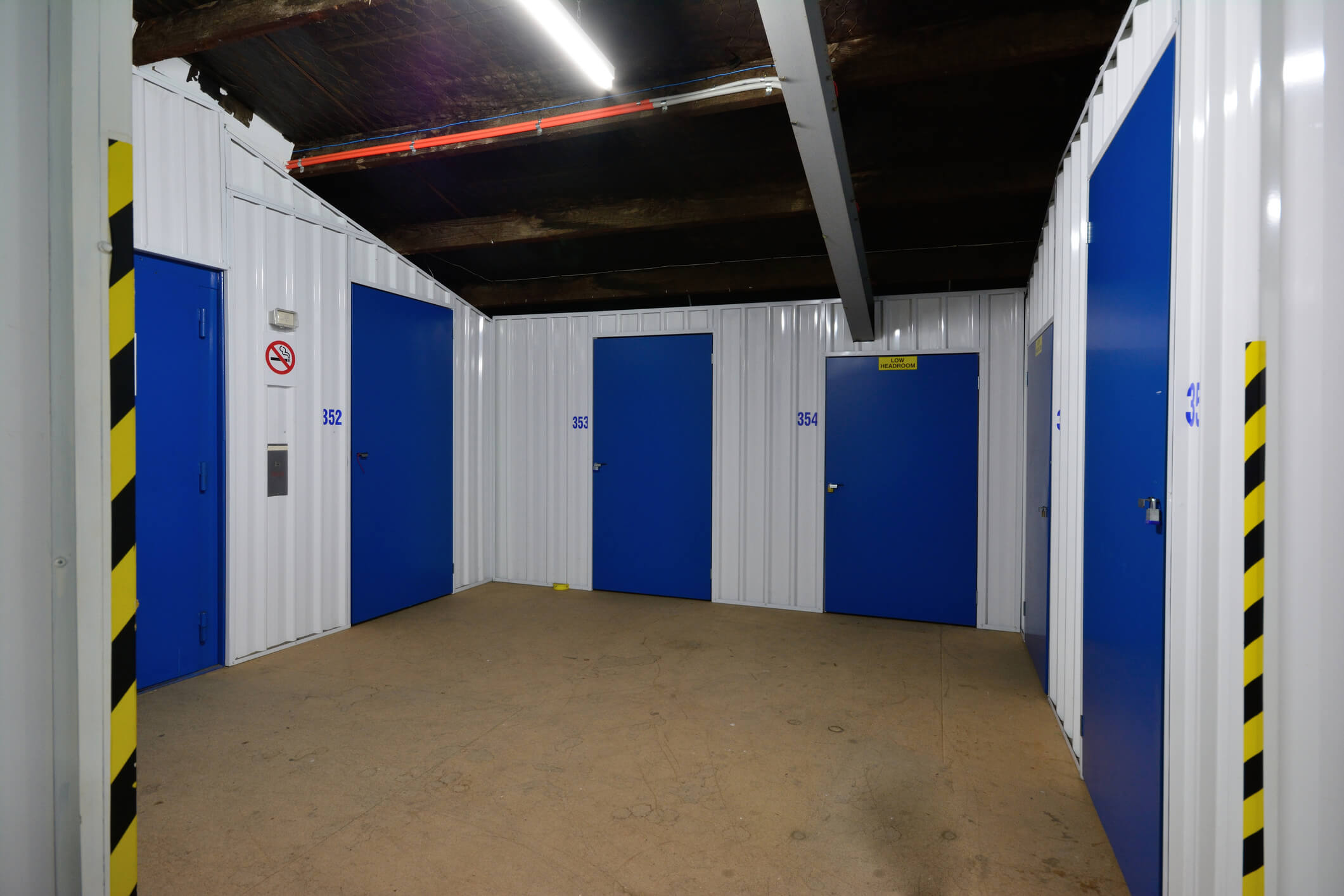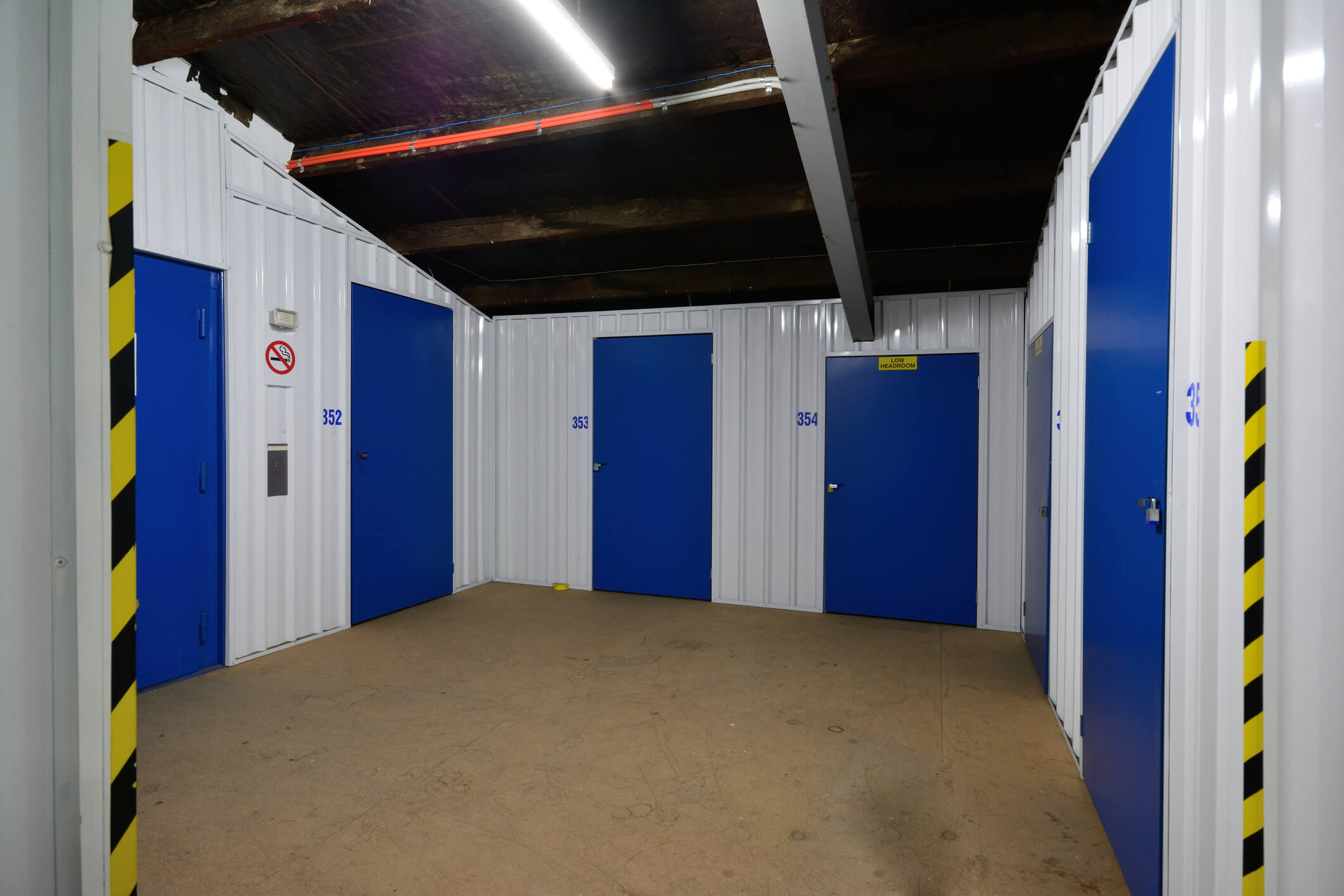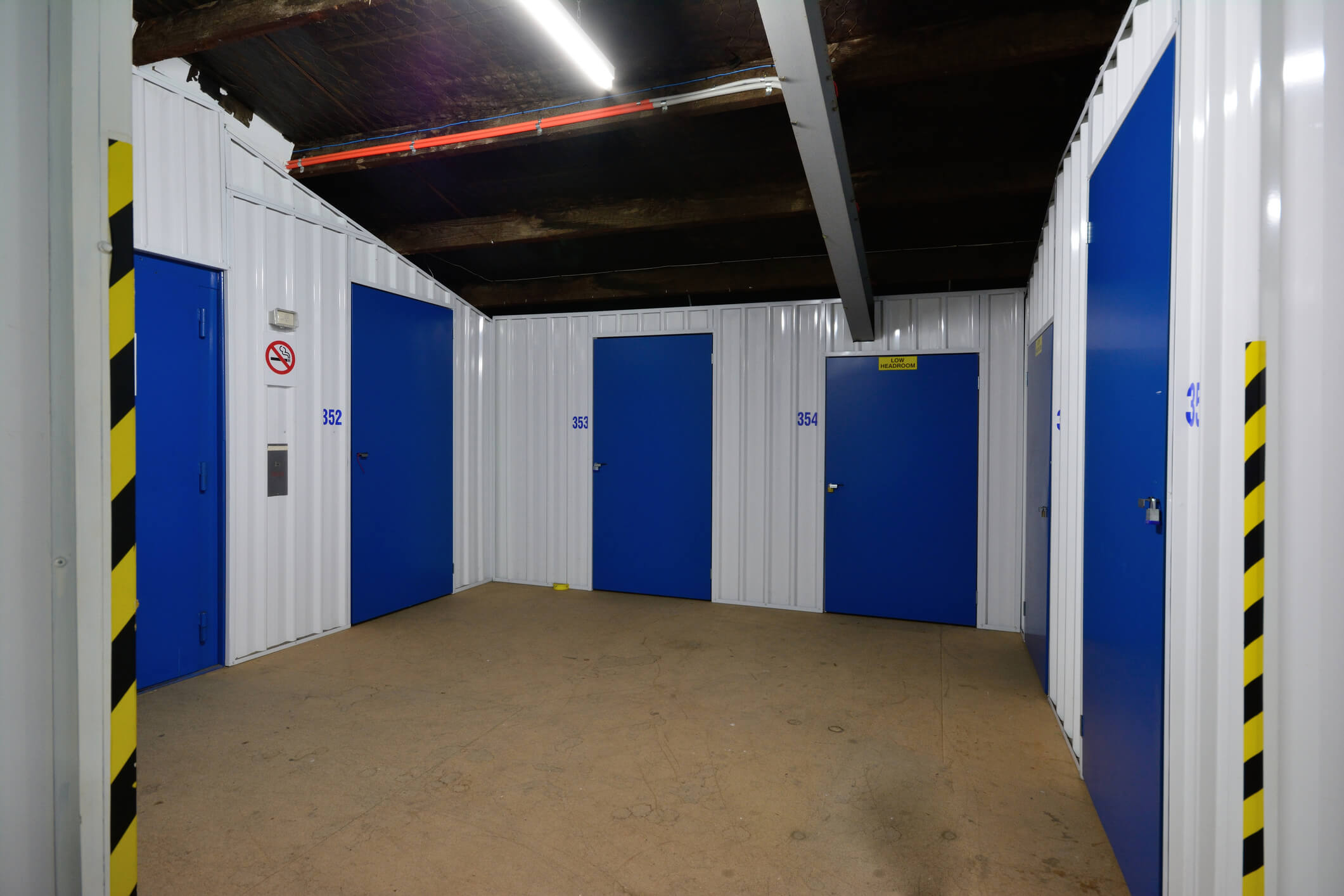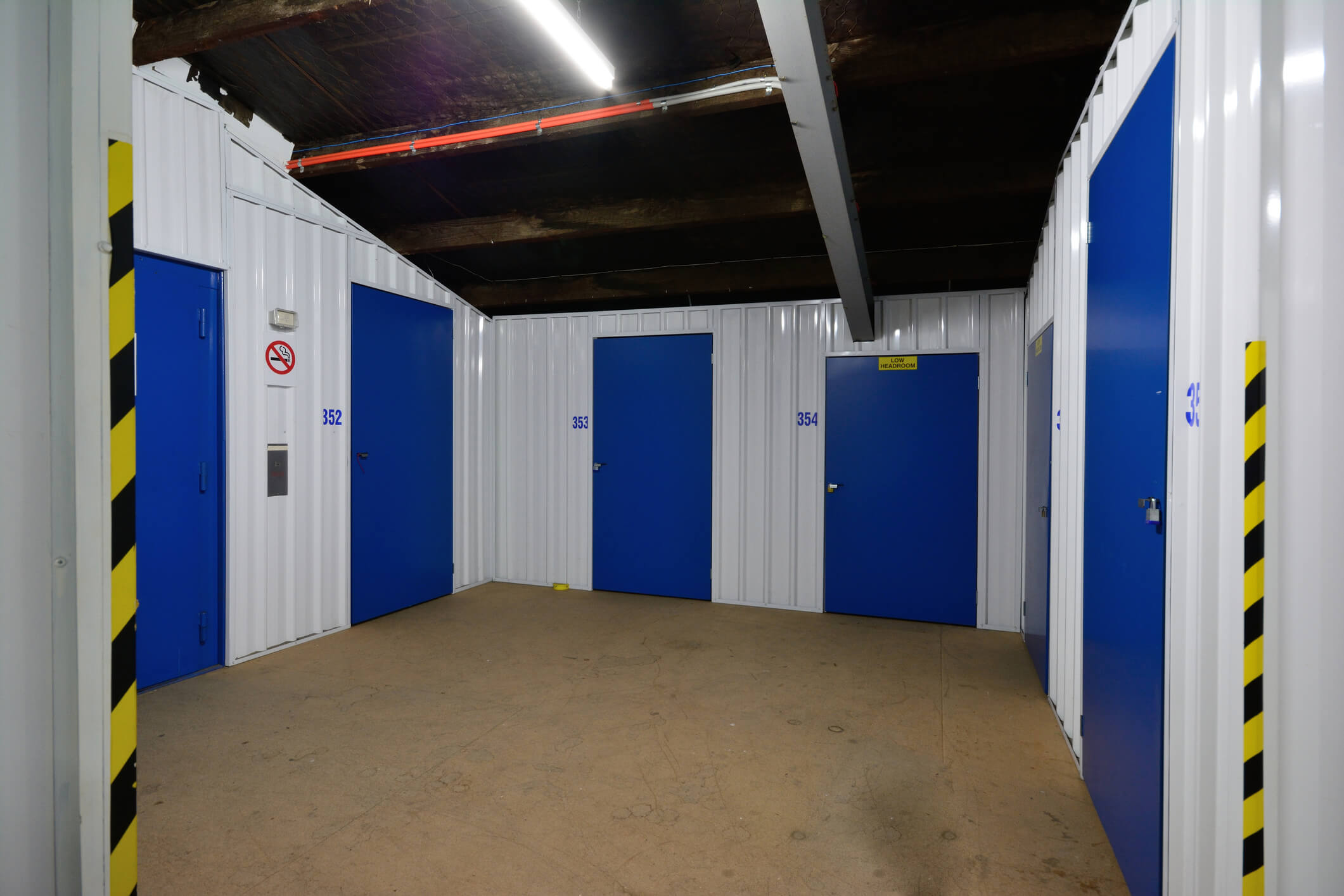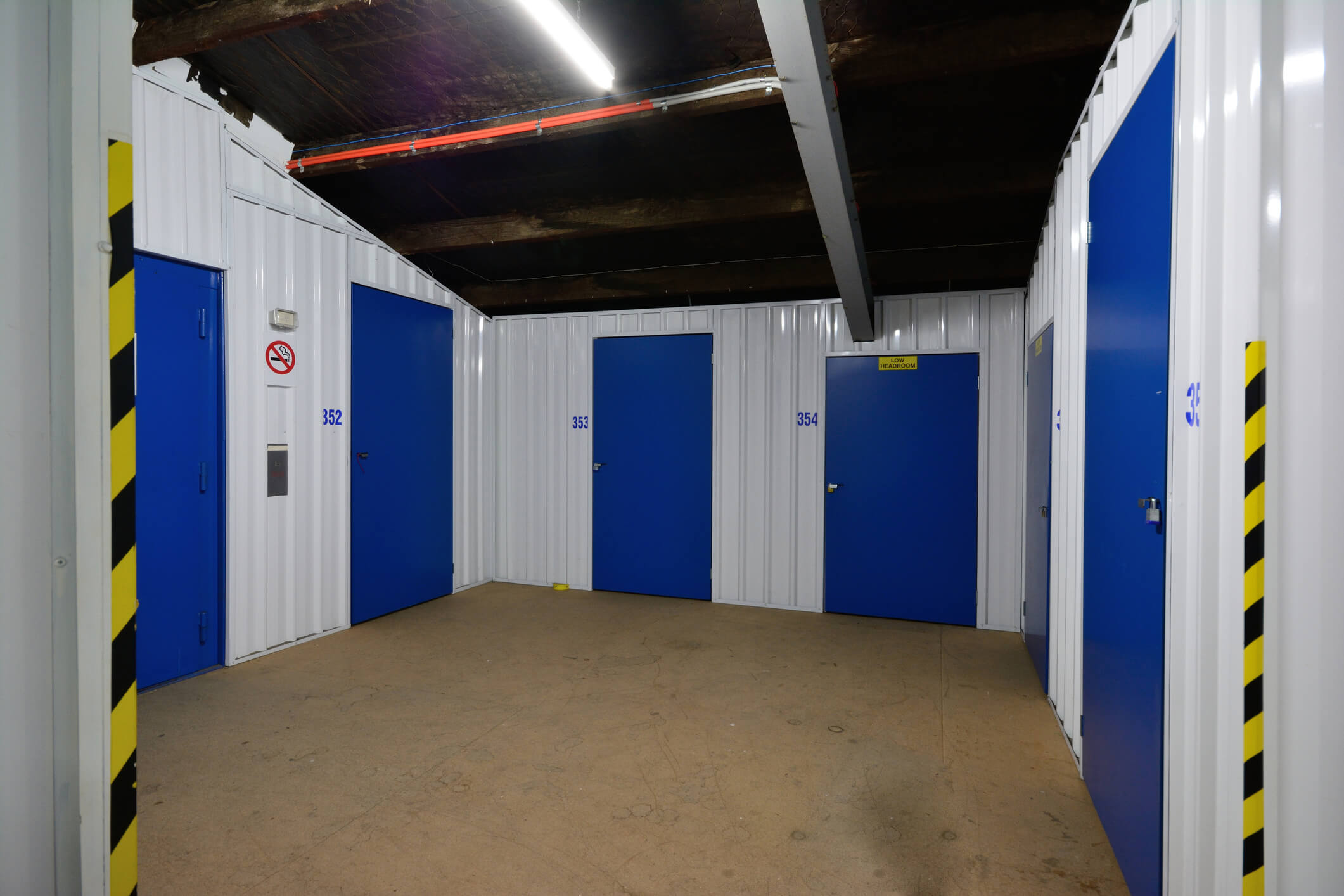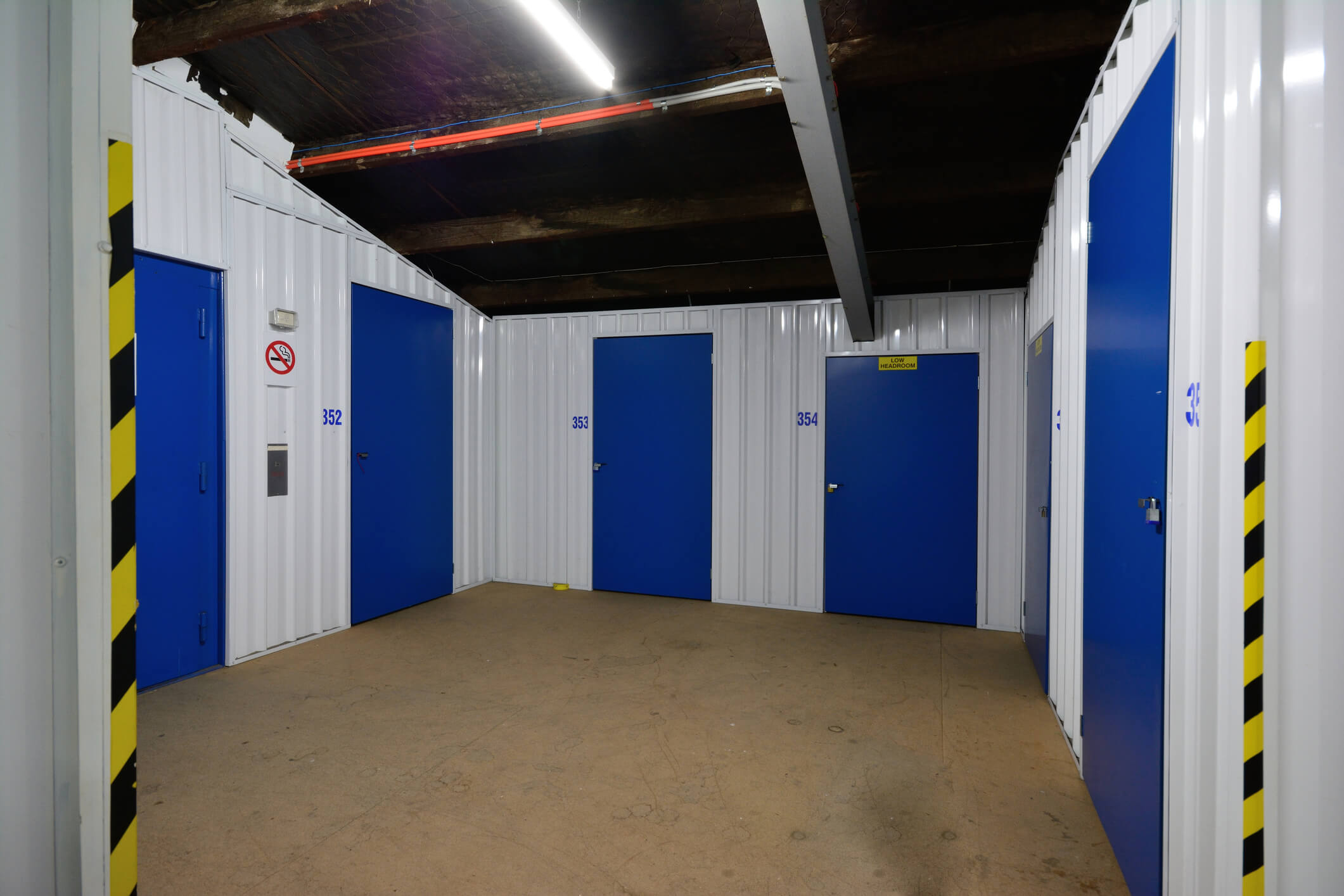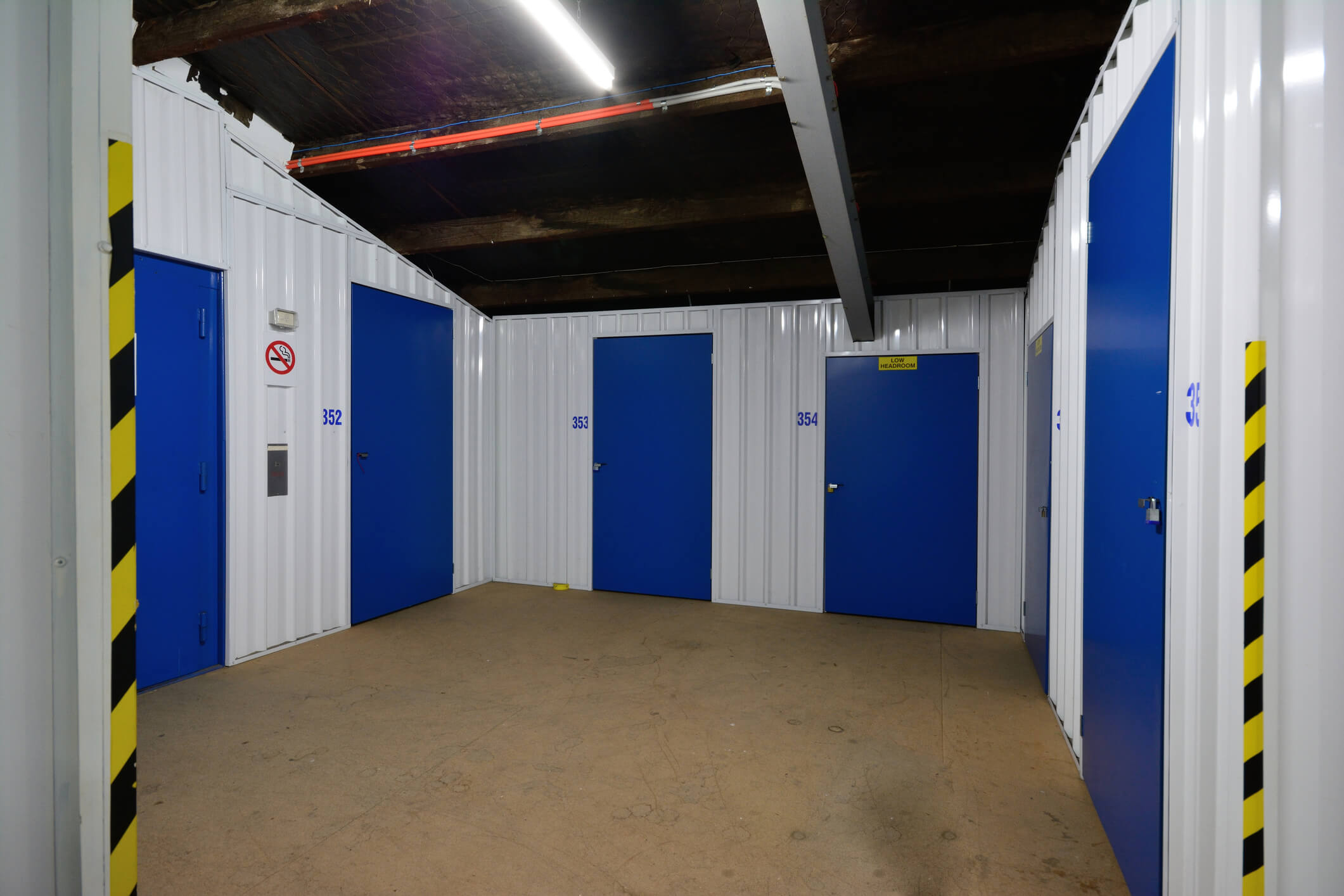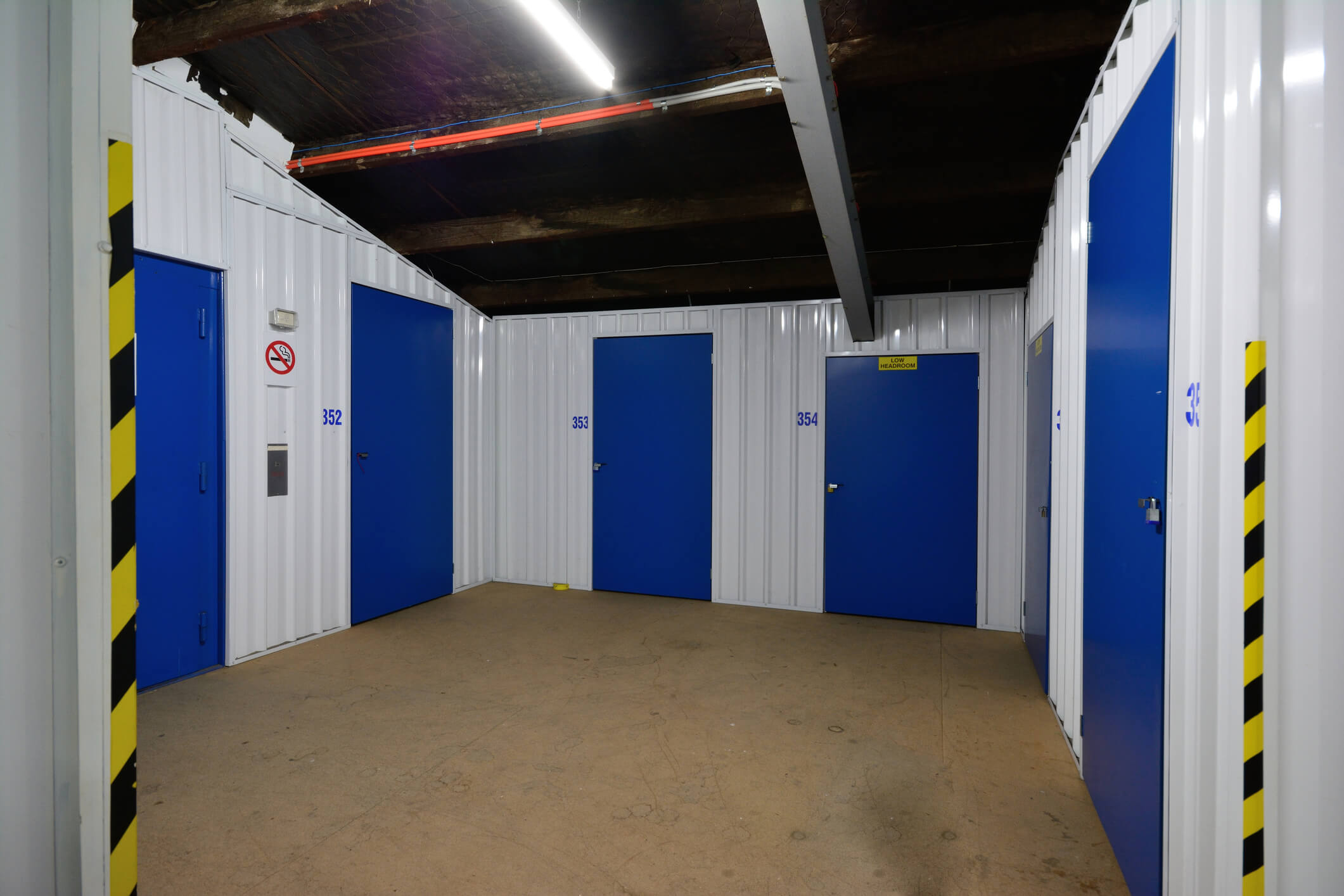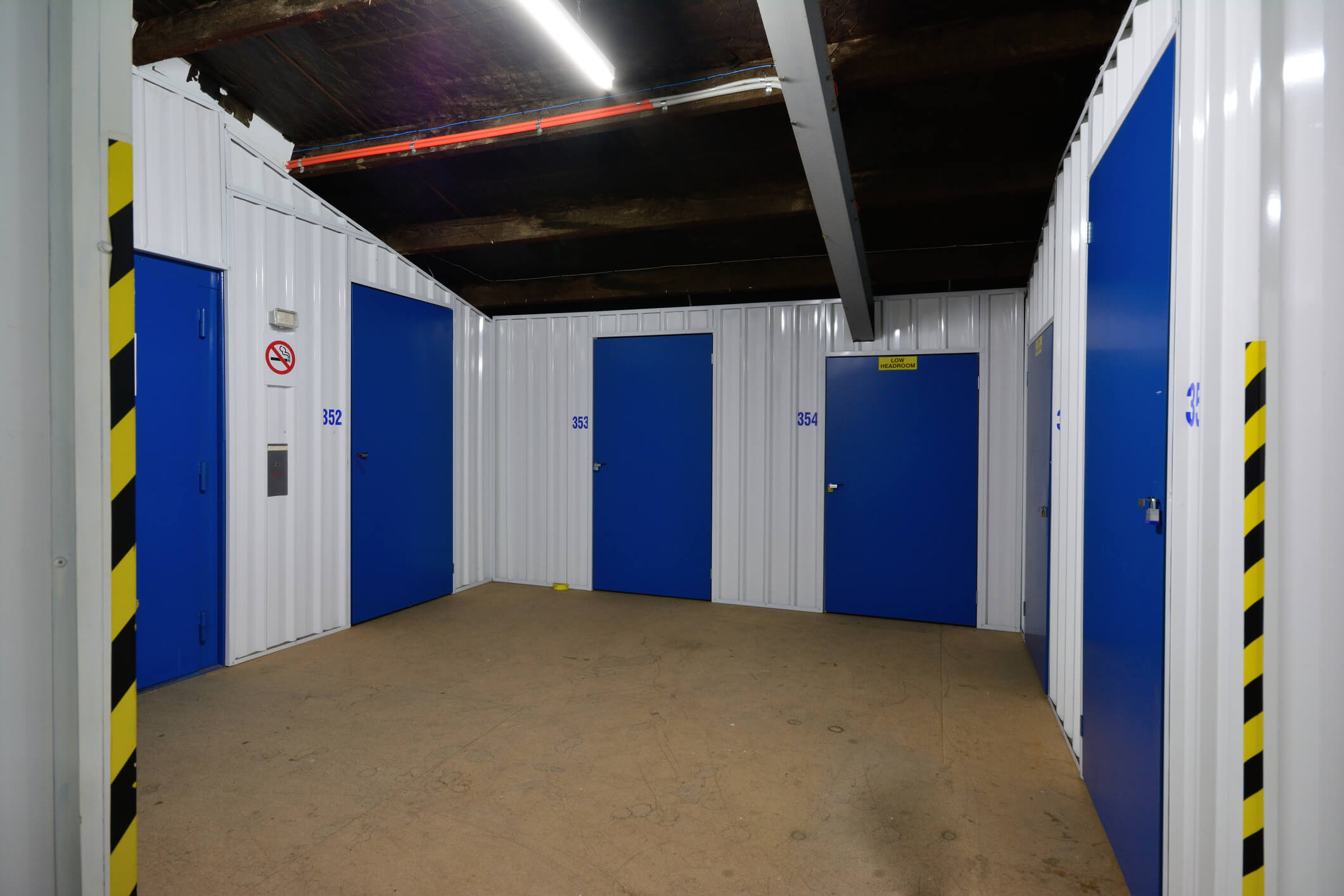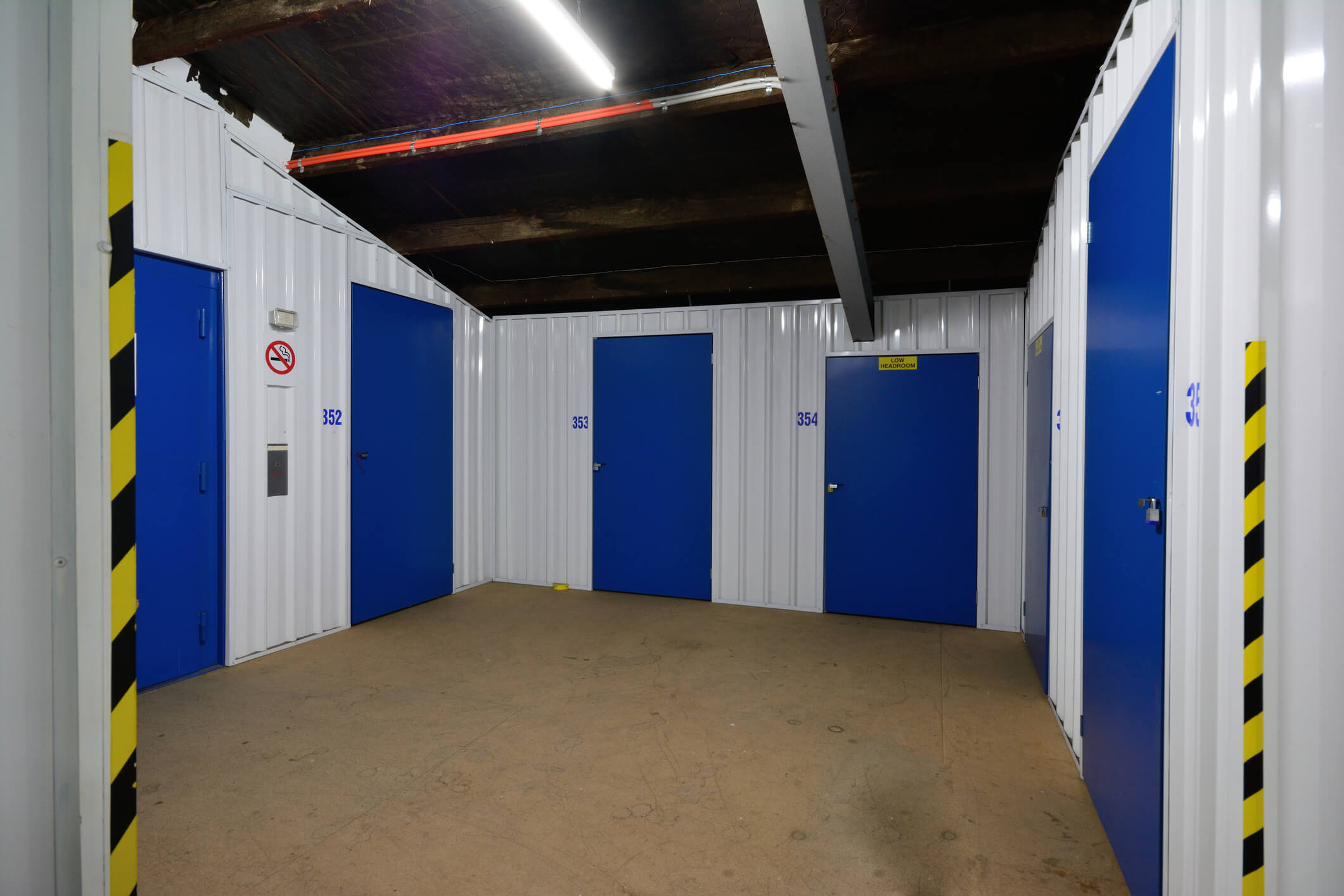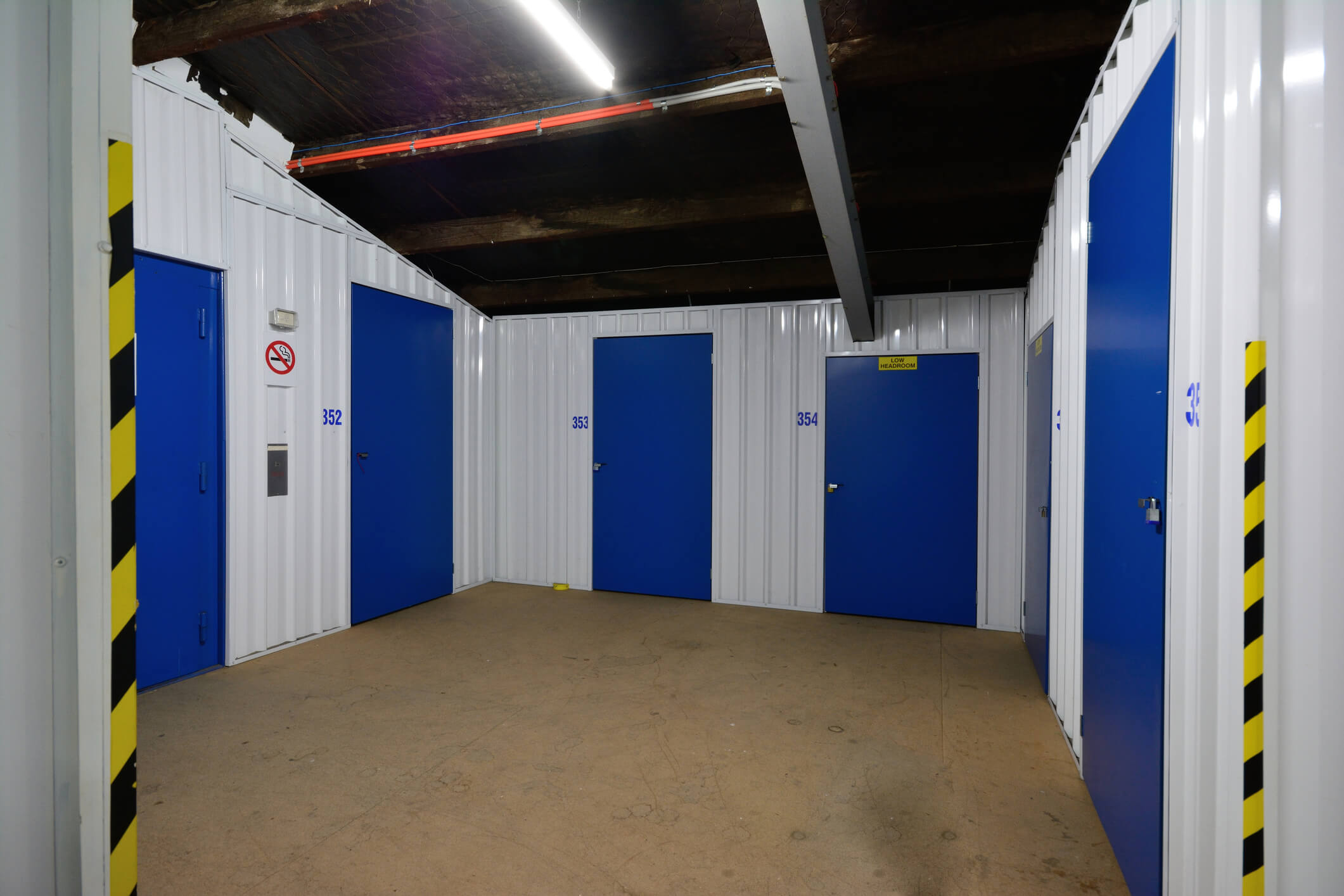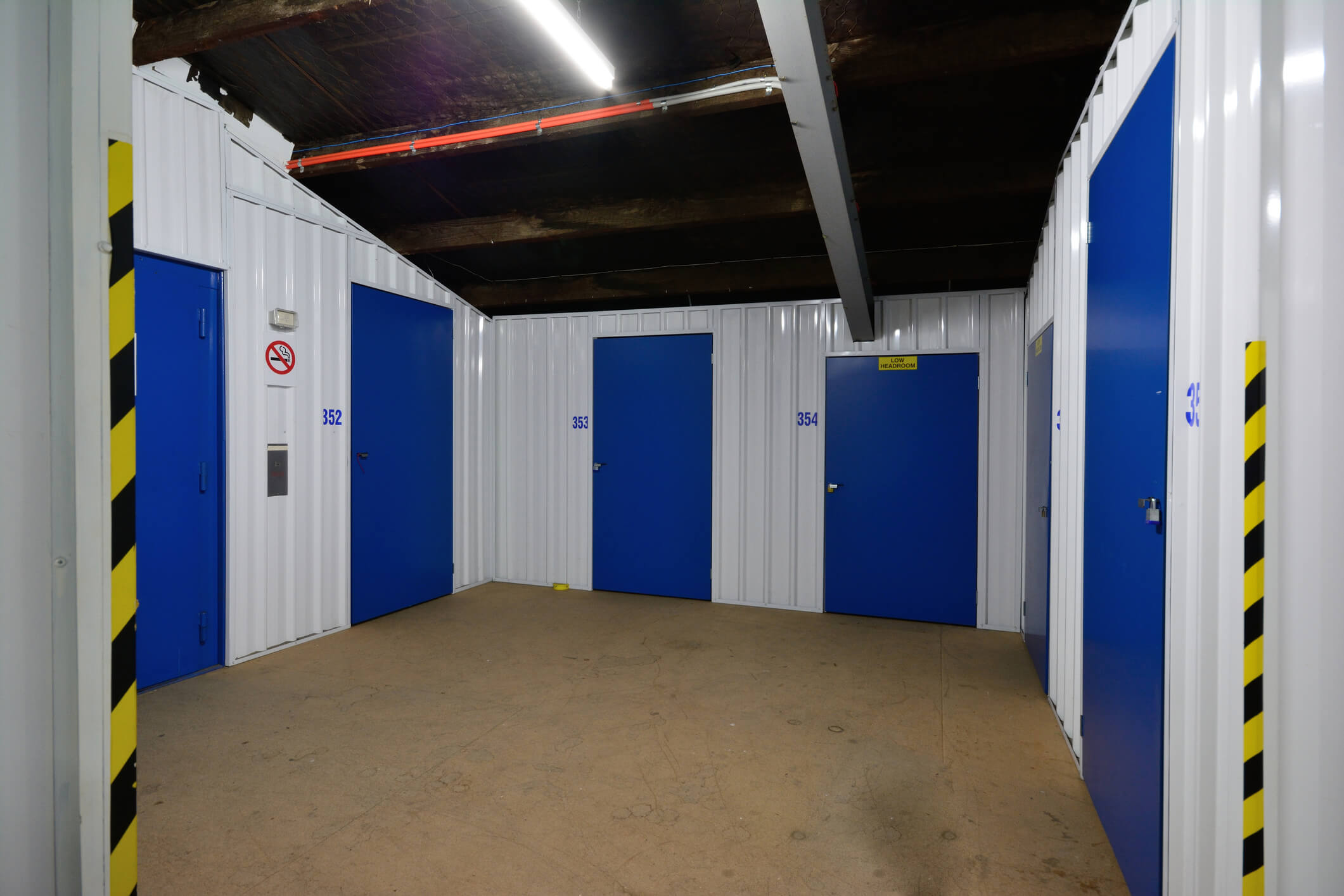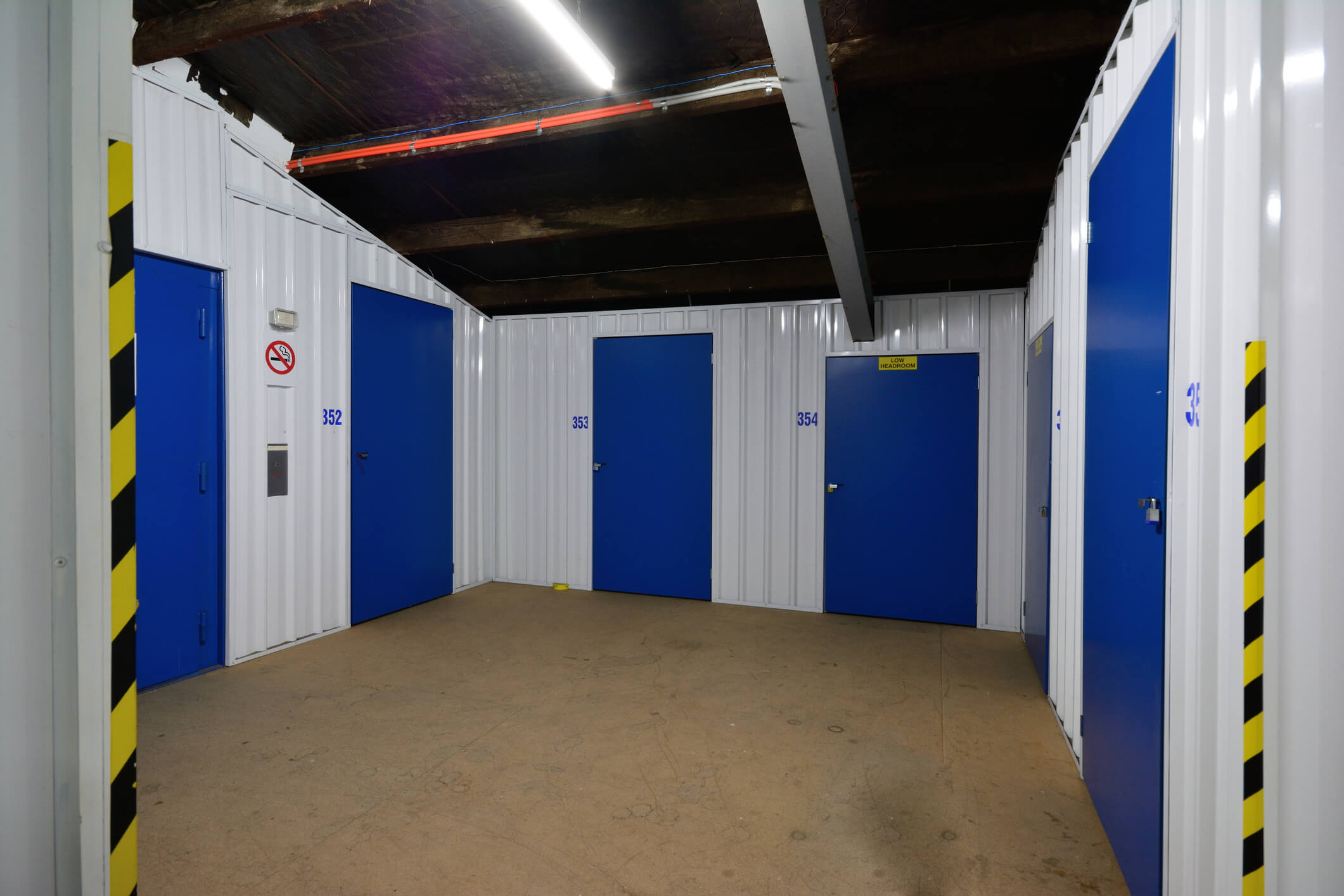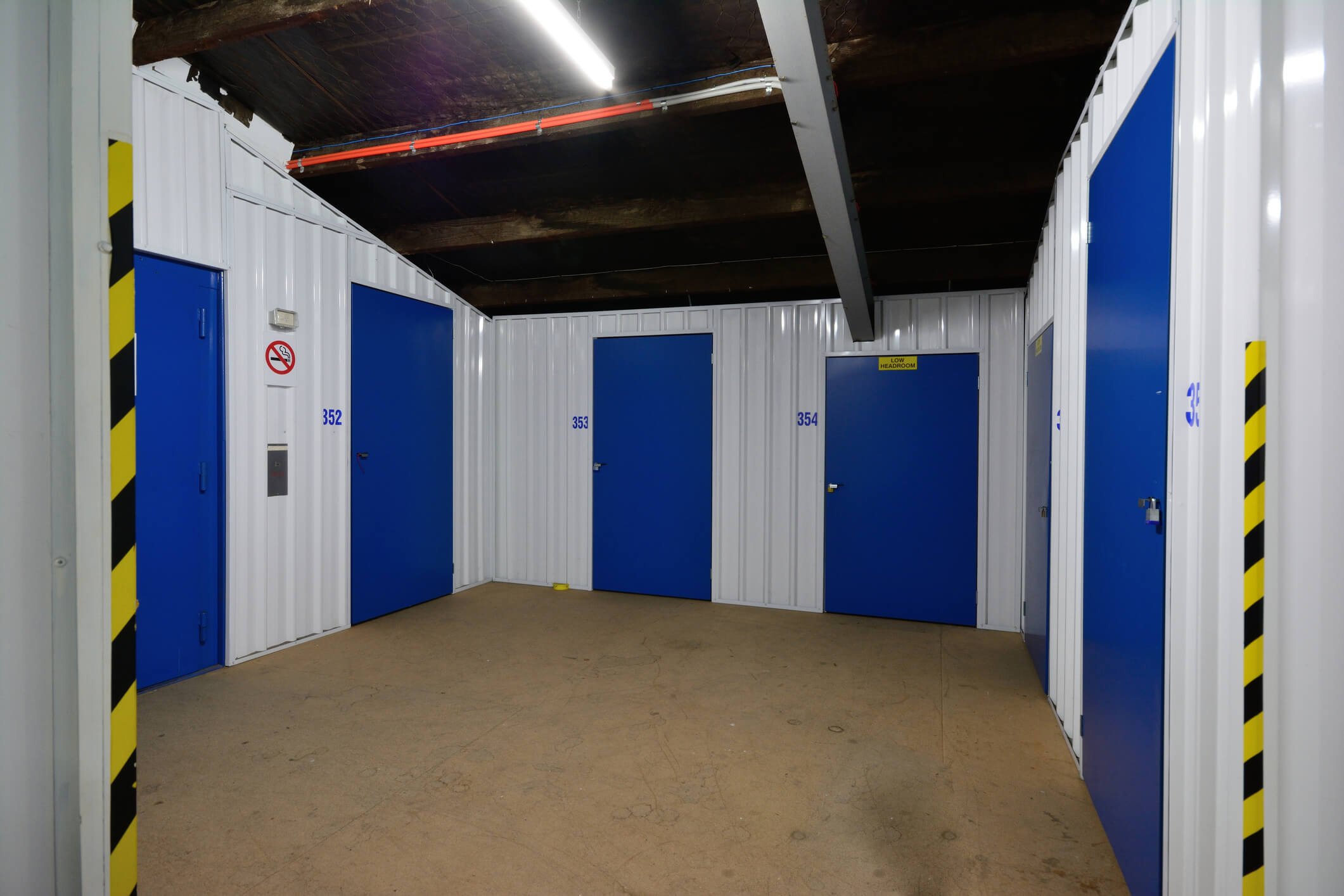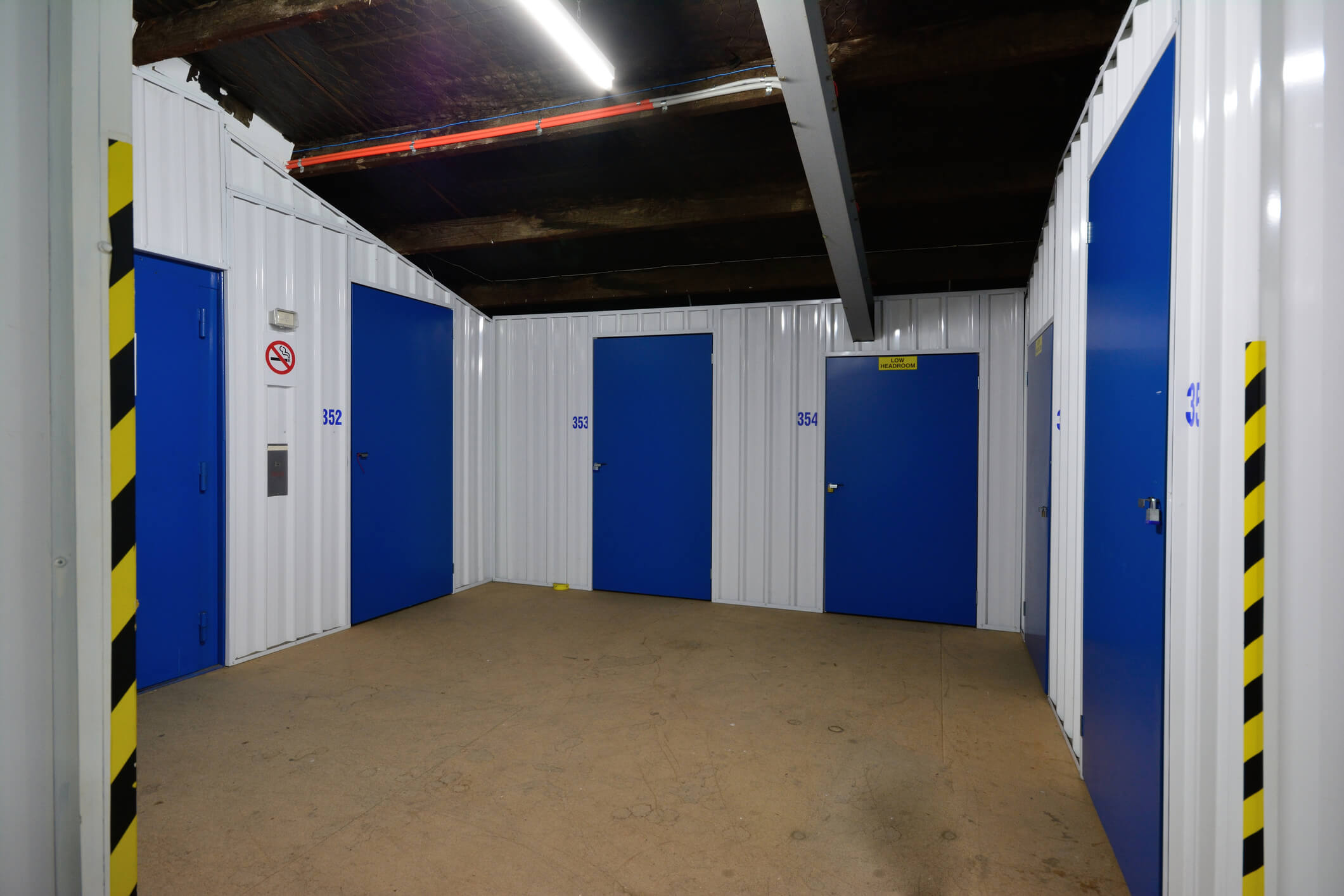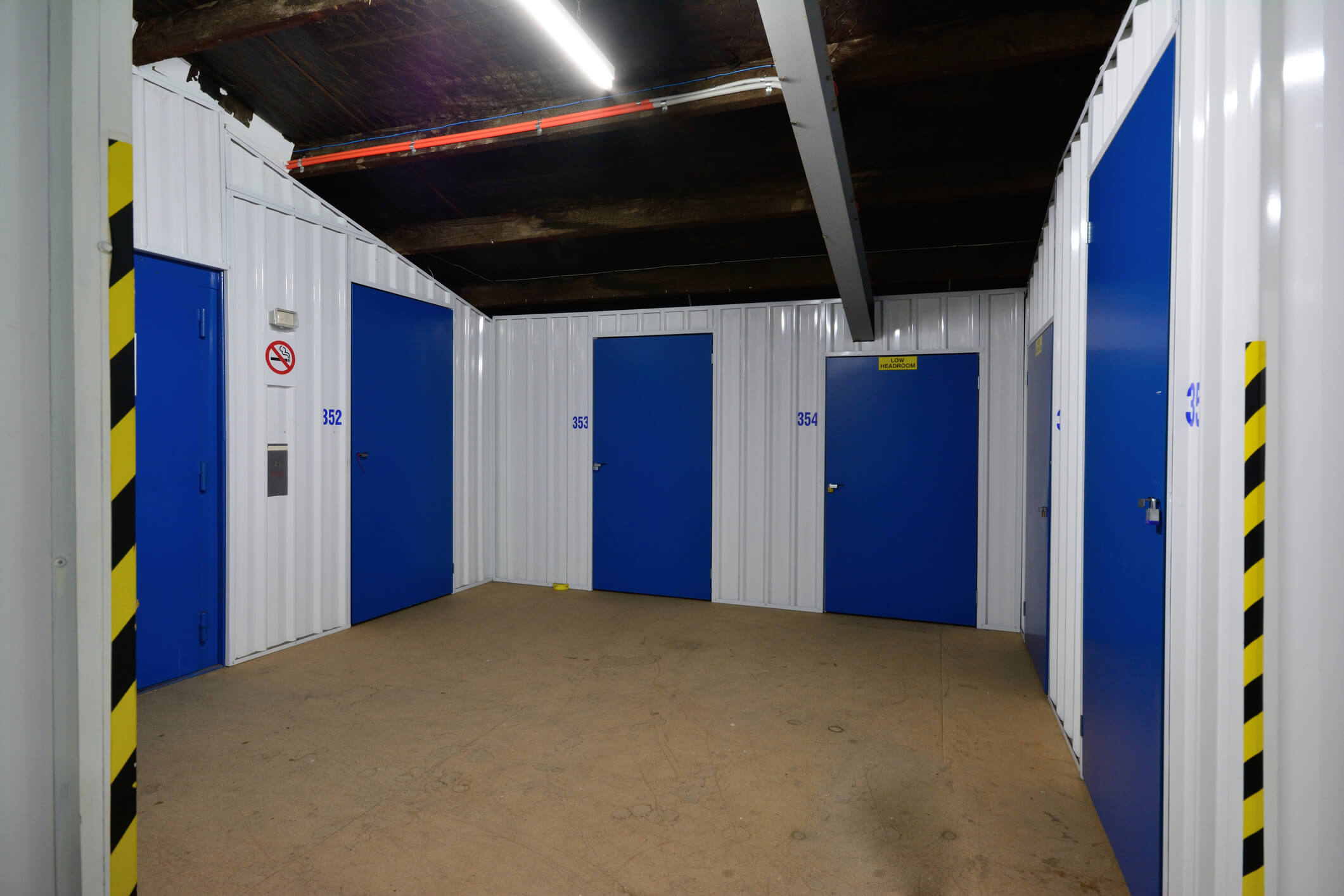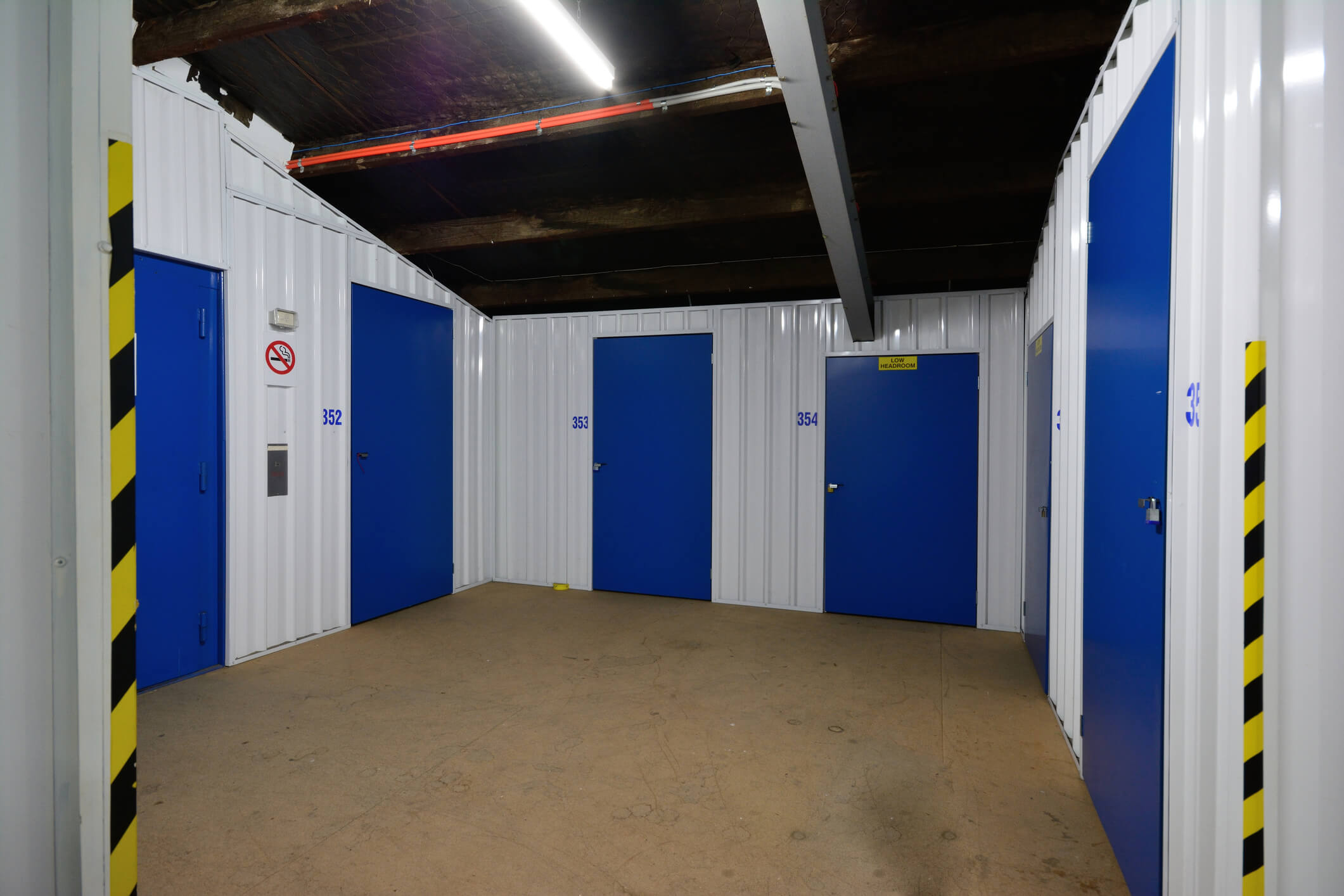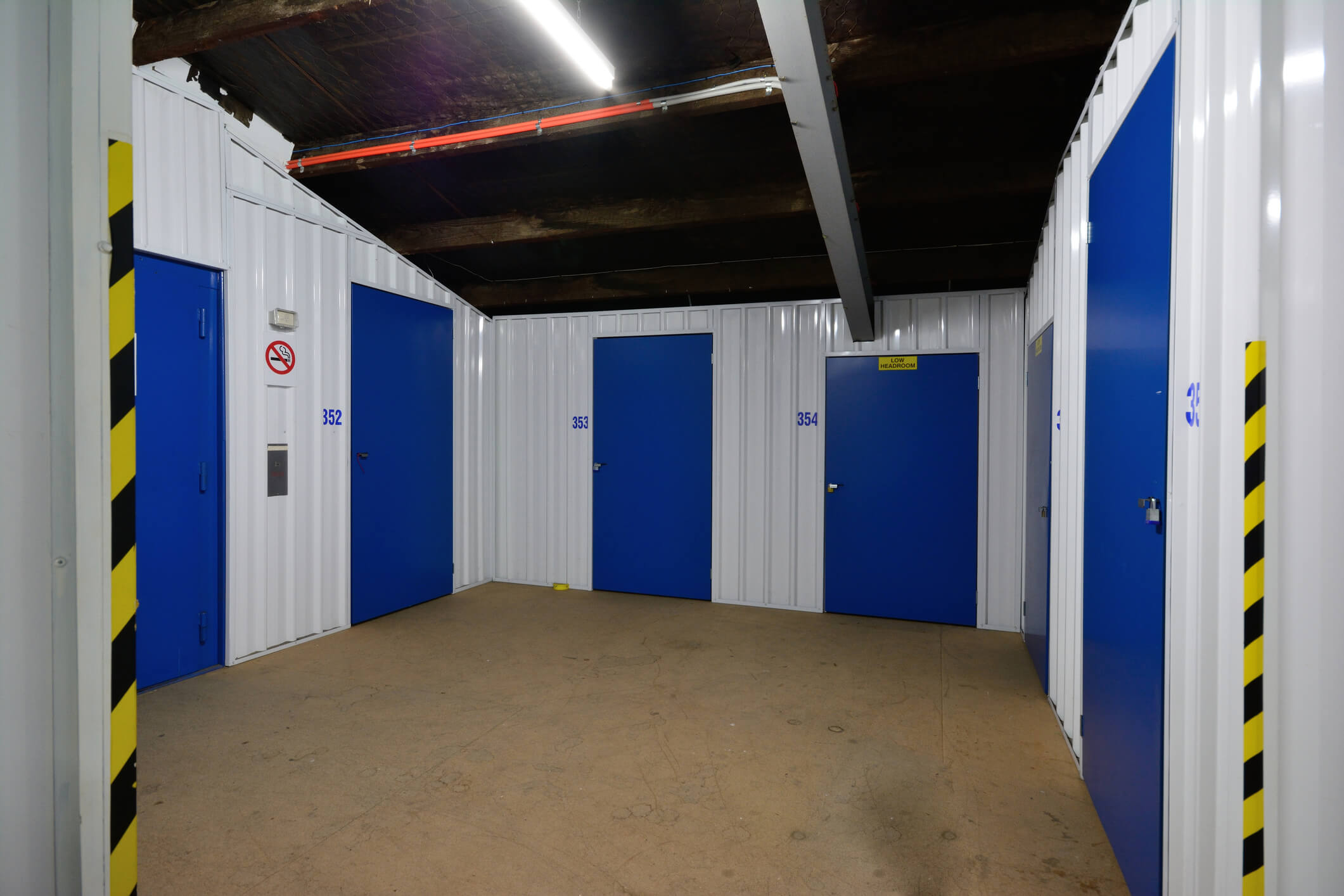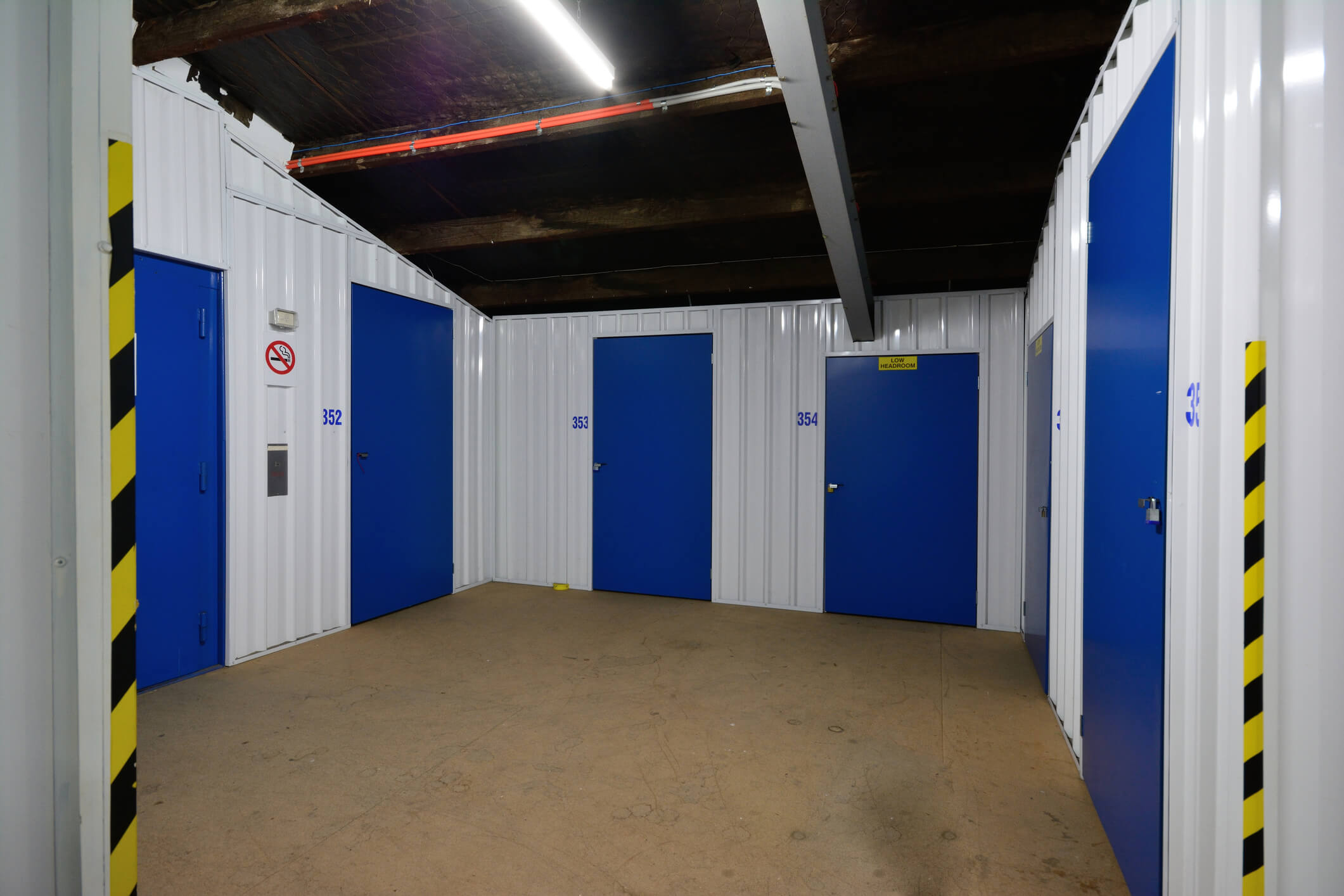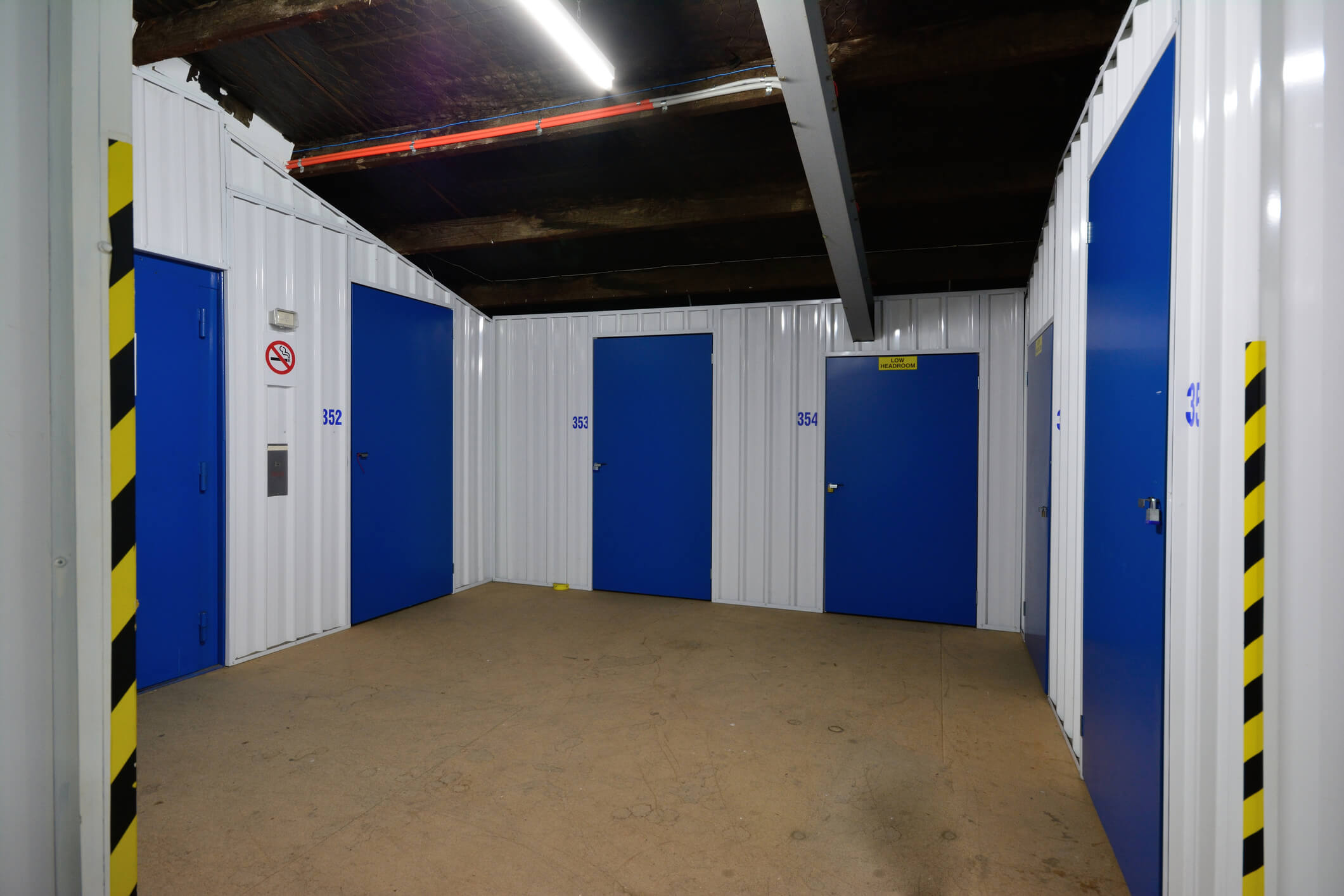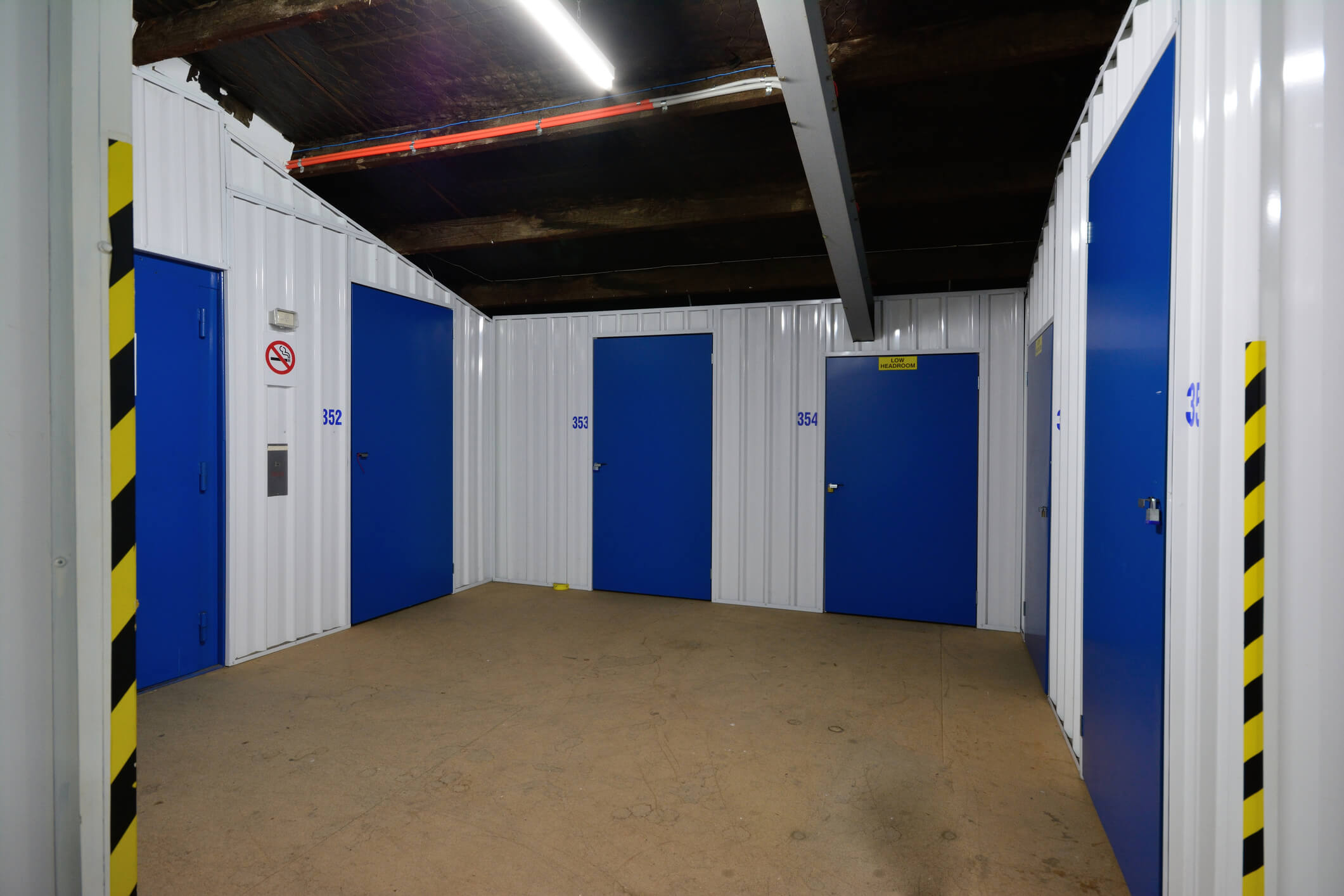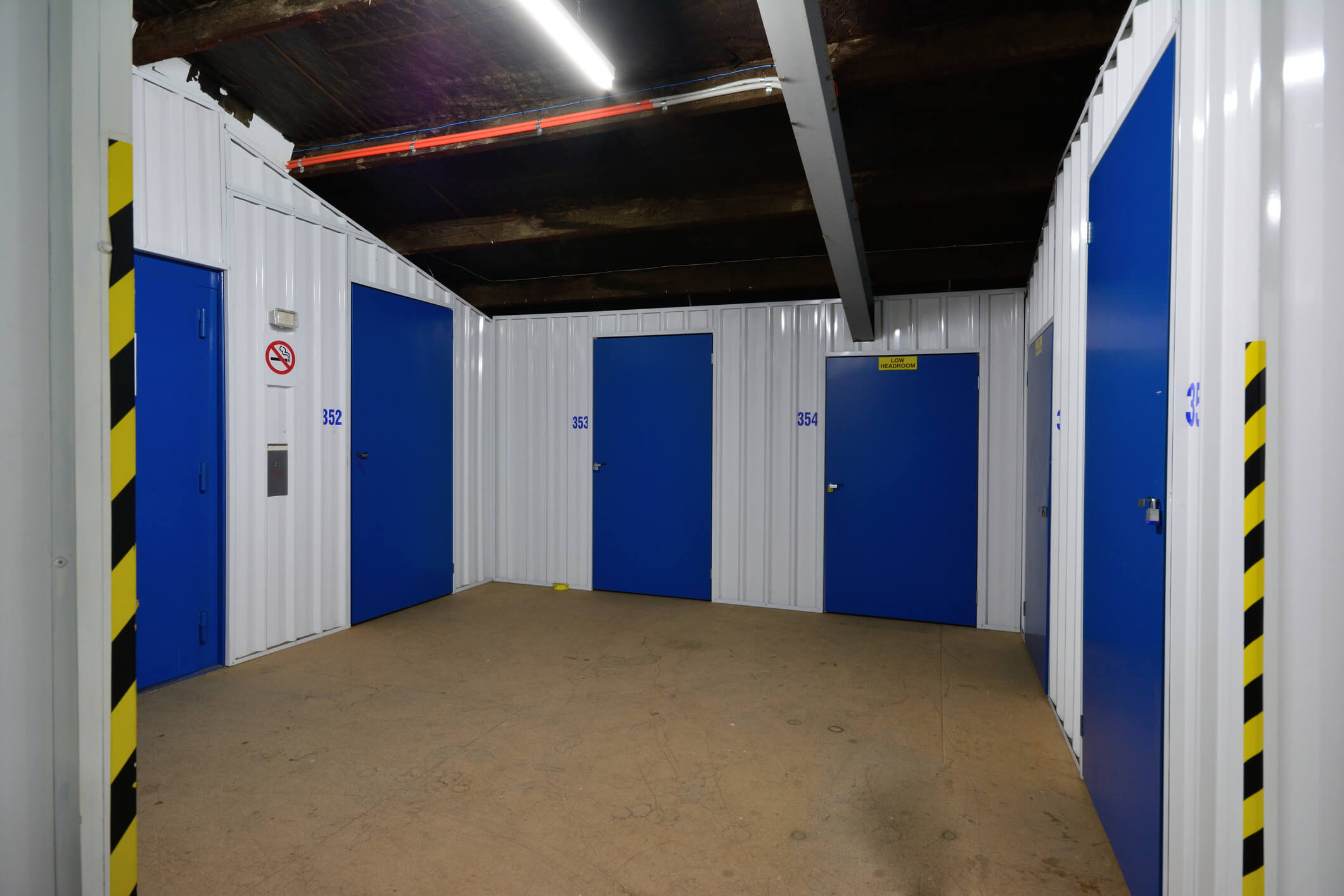Running a storage facility business involves significant operational risks that could force temporary closure or s…
Art Storage Insurance: Comprehensive Protection for Fine Art Collections and Storage Facilities
Art storage represents one of the most specialized and high-value sectors in the insurance industry. Whether you're operating a commercial art storage facility, managing a private collection, or running a gallery with significant storage requirements, understanding the unique insurance needs of art storage is crucial for protecting valuable cultural assets and your business operations.
Understanding Art Storage Insurance
Art storage insurance provides specialized coverage designed specifically for facilities and businesses that store, handle, and manage fine art, antiques, and cultural artifacts. Unlike standard commercial property insurance, art storage insurance addresses the unique risks associated with handling irreplaceable and high-value items that require specific environmental conditions, security measures, and handling protocols.
This specialized insurance coverage recognizes that art and cultural artifacts face risks that go far beyond typical commercial property concerns. Temperature fluctuations, humidity changes, light exposure, vibration, and contamination can cause irreversible damage to priceless works, making standard commercial insurance inadequate for these specialized operations.
Who Needs Art Storage Insurance?
Art storage insurance is essential for various types of businesses and organizations within the art and cultural sector:
Commercial art storage facilities that provide climate-controlled storage for galleries, collectors, and museums require comprehensive coverage for the valuable items in their care. These facilities often store works worth millions of pounds and need insurance that reflects both the value and unique nature of their inventory.
Private collectors with significant collections stored in specialized facilities need coverage that protects their investments. Many high-value collections require professional storage solutions that maintain optimal environmental conditions and security standards.
Galleries and auction houses with substantial storage areas need protection for works awaiting exhibition, sale, or return to consignors. These businesses often have rotating inventory with varying values and ownership structures.
Museums and cultural institutions require specialized coverage for their permanent collections, traveling exhibitions, and items in storage. These organizations often have unique conservation requirements and public accountability considerations.
Art handling and transportation companies need coverage for works in their temporary custody during storage, packing, and movement operations. These businesses face unique risks during the handling and storage phases of art logistics.
Key Risks in Art Storage Operations
Art storage operations face numerous specialized risks that require specific insurance considerations:
Environmental Damage
Environmental damage represents one of the most significant threats to stored artwork. Temperature fluctuations, humidity changes, water damage from leaks or flooding, and exposure to harmful light can cause irreversible damage to paintings, sculptures, textiles, and other cultural artifacts. Even minor environmental variations can result in cracking, warping, fading, or other forms of deterioration.
Fire Damage
Fire damage poses an extreme risk to art storage facilities, as many artworks are irreplaceable and cannot be restored once damaged by fire or smoke. The combination of valuable inventory and potential total loss makes fire protection and insurance coverage critical considerations.
Theft and Security Breaches
Theft and security breaches represent significant risks given the high value and portability of many artworks. Professional art thieves often target storage facilities, and the specialized nature of art theft requires specific security measures and insurance coverage approaches.
Handling Damage
Handling damage occurs during the movement, installation, and storage of artworks. Even experienced art handlers can accidentally damage works during routine operations, and the specialized skills required for art handling create unique liability exposures.
Natural Disasters
Natural disasters including floods, earthquakes, storms, and other catastrophic events can cause widespread damage to art storage facilities and their contents. The concentration of high-value items in single locations makes disaster planning and insurance coverage essential.
Transit Risks
Transit risks arise when artworks are moved to and from storage facilities. The transportation phase represents a period of elevated risk, requiring specialized coverage for works in transit.
Essential Coverage Components
Comprehensive art storage insurance should include several key coverage components tailored to the unique needs of art storage operations:
Fine Art Coverage
Fine art coverage provides specialized protection for the artworks themselves, typically offering agreed value coverage that recognizes the unique nature of art valuation. This coverage should address appreciation in value over time and include provisions for conservation and restoration costs.
Bailee's Liability Coverage
Bailee's liability coverage protects storage facilities for damage to artworks in their care, custody, and control. This coverage is essential for commercial storage operations that hold works owned by others and need protection against claims for damage or loss.
Professional Liability Coverage
Professional liability coverage addresses errors and omissions in art storage operations, including improper handling, inadequate environmental controls, or failures in security procedures. This coverage protects against claims arising from professional negligence in storage operations.
Property Coverage
Property coverage protects the storage facility itself, including specialized climate control systems, security equipment, and storage infrastructure. Art storage facilities often require significant investments in specialized equipment that needs appropriate insurance protection.
Business Interruption Coverage
Business interruption coverage provides protection for lost income and increased expenses following a covered loss. For art storage facilities, business interruption can be particularly costly given the specialized nature of operations and the time required to restore proper storage conditions.
Cyber Liability Coverage
Cyber liability coverage addresses the growing risks associated with digital security systems, client databases, and electronic records management. Modern art storage facilities rely heavily on technology for inventory management, security systems, and client communications.
Specialized Considerations for Different Storage Types
Different types of art storage operations require specific insurance considerations:
Climate-controlled storage facilities need coverage that addresses the critical importance of environmental systems. Insurance should cover not only the artworks but also the costs of emergency conservation measures if climate control systems fail.
High-security storage operations require coverage that reflects their enhanced security measures while addressing the unique risks associated with storing extremely valuable works. These facilities often serve as targets for sophisticated theft operations.
Museum storage areas need coverage that addresses both permanent collection items and temporary exhibitions. The mix of owned and borrowed works creates complex coverage requirements and liability considerations.
Private collection storage requires coverage tailored to individual collector needs, including provisions for newly acquired works, loans to exhibitions, and personal liability considerations.
Valuation and Appraisal Requirements
Art storage insurance requires specialized approaches to valuation and appraisal:
Professional appraisals from qualified art appraisers are typically required for high-value works. These appraisals should be updated regularly to reflect changes in market value and condition.
Agreed value policies provide certainty in the event of a total loss by establishing the settlement amount at the time the policy is written. This approach is particularly important for unique artworks where replacement cost concepts don't apply.
Appreciation coverage addresses the tendency of artworks to increase in value over time. Some policies include automatic increases or require regular reappraisals to maintain adequate coverage limits.
Conservation and restoration coverage should reflect the specialized costs associated with art conservation, which can be extremely expensive and require highly specialized expertise.
Risk Management and Loss Prevention
Effective risk management is crucial for art storage operations and can significantly impact insurance costs and coverage availability:
Environmental Monitoring Systems
Environmental monitoring systems should continuously track temperature, humidity, light levels, and other environmental factors. These systems should include alarms and backup systems to prevent environmental damage.
Security Systems
Security systems must be appropriate for the value and nature of stored works. This typically includes multiple layers of security, from perimeter protection to individual item monitoring.
Fire Suppression Systems
Fire suppression systems should be designed specifically for art storage applications. Traditional sprinkler systems may not be appropriate for art storage, and specialized suppression systems may be required.
Staff Training
Staff training ensures that all personnel understand proper handling procedures, emergency protocols, and conservation principles. Regular training updates help maintain high standards and reduce handling-related losses.
Emergency Response Planning
Emergency response planning should address various scenarios including environmental system failures, security breaches, fire, flood, and other potential disasters. Plans should include procedures for emergency conservation measures and artwork evacuation.
Working with Specialized Insurers
Art storage insurance requires working with insurers who understand the unique aspects of the art world:
Specialized art insurers have the expertise and experience necessary to properly underwrite art storage risks. These insurers understand art valuation, conservation requirements, and the specialized nature of art storage operations.
Claims handling expertise is crucial when dealing with art-related losses. Specialized insurers typically have established relationships with art conservators, appraisers, and other specialists needed for proper claims resolution.
International coverage may be necessary for storage facilities that handle works from international sources or that participate in the global art market. Specialized insurers can provide coverage that addresses international transportation and exhibition requirements.
Cost Factors and Premium Considerations
Several factors influence the cost of art storage insurance:
Total values at risk represent the primary factor in premium calculations. Higher total values typically result in higher premiums, though economies of scale may apply for very large operations.
Security measures significantly impact premium costs. Facilities with comprehensive security systems, proper environmental controls, and experienced staff typically receive better rates.
Loss history affects premium costs, with facilities that have experienced losses potentially facing higher rates or coverage restrictions.
Location factors including crime rates, natural disaster exposure, and proximity to emergency services influence premium calculations.
Claims Management and Recovery
When losses occur, proper claims management is essential:
Immediate notification to insurers helps ensure proper claims handling and may be required under policy terms. Prompt notification allows insurers to dispatch specialists and begin the claims investigation process quickly.
Documentation requirements for art losses are typically extensive and may include detailed condition reports, photographs, provenance documentation, and appraisal records.
Conservation assessment by qualified professionals is typically required to determine the extent of damage and appropriate restoration approaches. This assessment helps establish the scope of covered losses.
Regulatory and Legal Considerations
Art storage operations may face various regulatory and legal requirements that impact insurance needs:
Licensing requirements for art storage facilities vary by jurisdiction and may include specific insurance requirements or minimum coverage levels.
Contractual obligations to clients often include specific insurance requirements, indemnification provisions, and liability limitations that must be addressed in insurance coverage.
International regulations may apply to facilities that handle works from international sources or that participate in international art transactions.
Future Trends and Considerations
The art storage industry continues to evolve, creating new insurance considerations:
Technology integration including digital inventory systems, automated environmental controls, and advanced security systems creates new risks and coverage needs.
Sustainability concerns are driving changes in storage practices and may impact insurance requirements as facilities adopt new technologies and approaches.
Market growth in the art storage sector is creating new opportunities and challenges for insurance coverage as more facilities enter the market and existing facilities expand their operations.
Conclusion
Art storage insurance represents a highly specialized area of commercial insurance that requires deep understanding of both the art world and insurance principles. Whether you're operating a commercial storage facility, managing a private collection, or involved in any aspect of art storage operations, proper insurance coverage is essential for protecting valuable cultural assets and your business interests.
The unique risks associated with art storage - from environmental damage and theft to handling accidents and natural disasters - require specialized insurance solutions that go far beyond standard commercial coverage. Working with experienced art insurance professionals and implementing comprehensive risk management practices helps ensure that your art storage operations are properly protected.
Given the irreplaceable nature of many artworks and the significant financial values involved, investing in proper art storage insurance coverage is not just a business necessity but a responsibility to the cultural heritage represented by the works in your care. The specialized nature of this coverage means that careful attention to policy terms, coverage limits, and risk management practices is essential for maintaining adequate protection.
For art storage operations of any size, the question is not whether you need specialized insurance coverage, but rather how to structure that coverage to provide comprehensive protection while managing costs effectively. The investment in proper art storage insurance coverage provides peace of mind and financial protection that allows you to focus on your core mission of preserving and protecting valuable cultural assets.


 0330 127 2333
0330 127 2333

